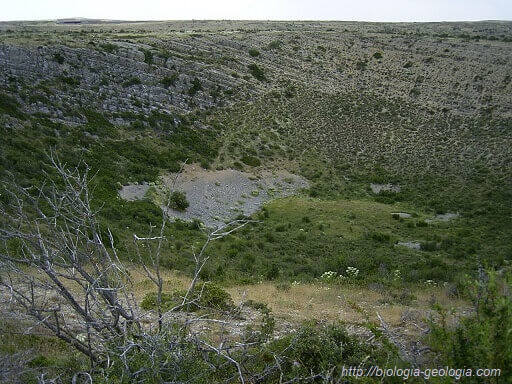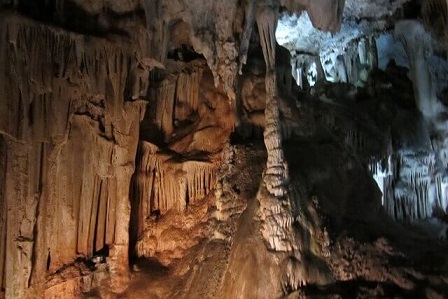Groundwater
The groundwater are water from precipitation of melting, streams, rivers or the sea, that infiltrate the soil through the cracks and pores permeable rocks and stored in the subsoil forming aquifers![]() .
.
In order to extract the water, we must make a well until we reach the water in the aquifer. The water table is the upper level of the water table.
Some of the factors on which the infiltration of water depends are:
- The weather. The greater the rainfall, the more water can infiltrate.
- The slope. If the terrain is very sloping, the water will circulate on its surface with little time to infiltrate.
- The vegetation. The vegetation retains the water making its movement difficult, which facilitates its infiltration.
- The permeability. Permeable materials allow the passage of water.
The volume of groundwater is much greater than that of rivers and lakes (about 20 times more), and although it is less than that of glaciers, it is an important water reserve. In many places, it is the only source of drinking water available.
Some of the main risks of groundwater are:
- The pollution. The contamination of groundwater is very dangerous because its self-purification is much more difficult than in surface waters.
 Contaminants can come from agricultural, livestock, mining, industrial, landfill, etc.
Contaminants can come from agricultural, livestock, mining, industrial, landfill, etc. - The overexploitation of aquifers. If more water is withdrawn than is recharged in the aquifer, it is said that it is being overexploited and may become depleted. If this drop in the water table occurs in a coastal area, the aquifer may suffer saline intrusion and the fresh water may become saline. The salinization of the aquifer occurs because the marine water occupies the void left by the exploited fresh water
 .
.


